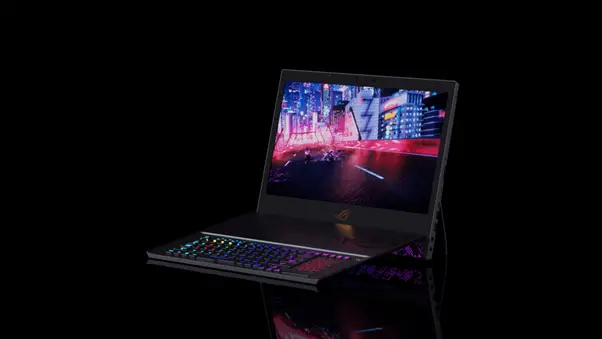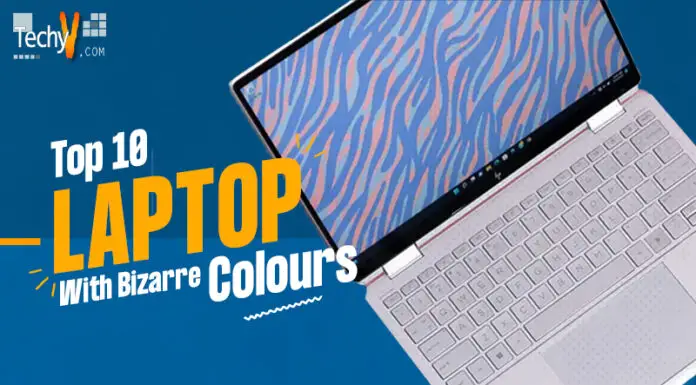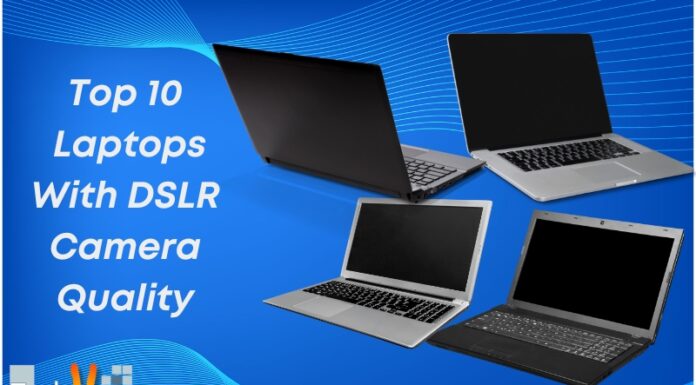Only in recent years has laptop design progressed beyond its clamshell roots, with the advent of multiple screens, convertibles, and foldable displays, but some of the most intriguing features were discovered in laptops that failed along the way. Laptop manufacturers have introduced some bizarre and fantastic designs, ranging from Compaq and IBM in the 1990s to Lenovo and Asus in recent years. While the most of these failed to achieve mainstream success, their eccentricities live on.
1. IBM ThinkPad 701
A butterfly keyboard was synonymous with the IBM ThinkPad 701, a small notebook with a sliding keyboard, before Apple smudged the moniker. When you removed the lid, the keyboard would separate at a diagonal angle, then the right half would fall, showing more rows of keys before reattaching to form a full-size mechanical keyboard. In this video, you can observe the incredibly pleasant mechanical movements, where each opening and closing of the lid is like putting the last piece of a jigsaw puzzle.
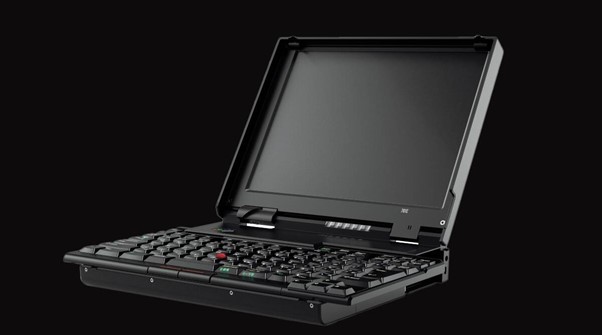
2. HP OmniBook 800CT
So you’re making a small laptop but don’t have enough room for a touchpad under the keyboard. What are you going to do? You could either force people to buy a mouse or, like HP, build a pop-out mouse. A bizarre, wedge-shaped mouse was hidden in a little compartment on the right side of the HP OmniBook 800CT and would unclick from the chassis when you pressed an adorable little mouse button.
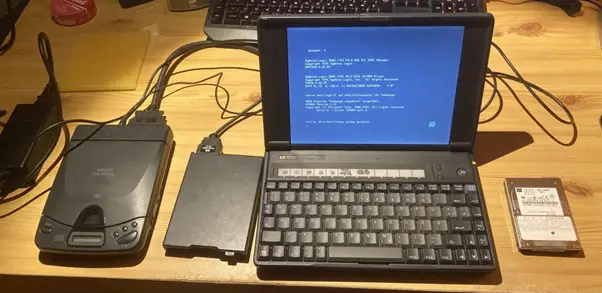
3. Via NanoBook
Although modular technology has had a bumpy history (see Project Ara, the LG G5, and Blocks), the concept of swapping out some parts for others has resulted in some amazing products, such as the Via NanoBook. At first impression, the NanoBook resembles the Asus Eee, a smaller laptop or netbook that many of us have owned.
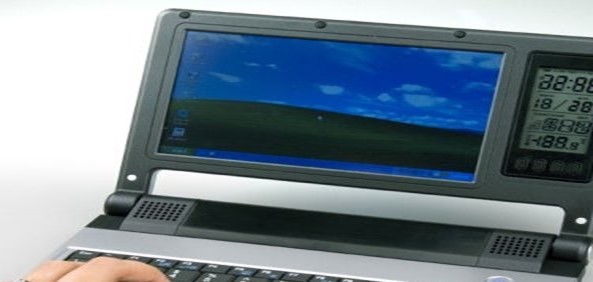
4. 3D Laptops
Remember 3DTVs, the now-defunct format that promised to bring the world of Avatar into your living room? 3D laptops were also available for a brief period of time. Dell and Alienware were the most well-known for including stereoscopic 3D technology as an option in the XPS 17 and Alienware m17 R3, but MSI, Sony, HP, Origin, and Asus also tried it. The majority of 3D laptops used Nvidia’s 3D Vision platform, which some reviewers thought was superior to that found on 3DTVs. It did not, however, solve the issue of silly spectacles.
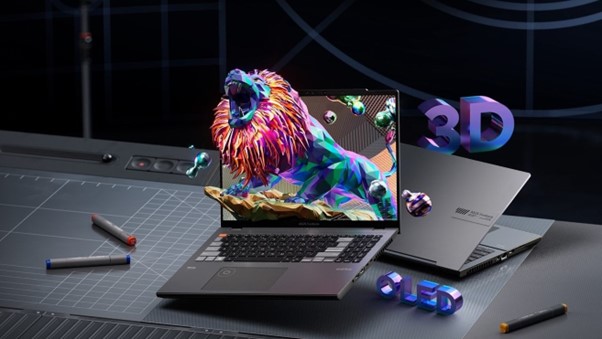
5. Lenovo ThinkPad W700ds
If you require a second display while on the go, connecting to an external monitor is your best option nowadays. The Lenovo ThinkPad 700ds, a laptop with a 10.6-inch slide-out display, was available in the late 2000s. Yes, Lenovo created a laptop with a 17-inch primary panel that could be expanded with a secondary slide-out display long before Razer’s Project Valerie or Asus’s dual-screen notebooks.
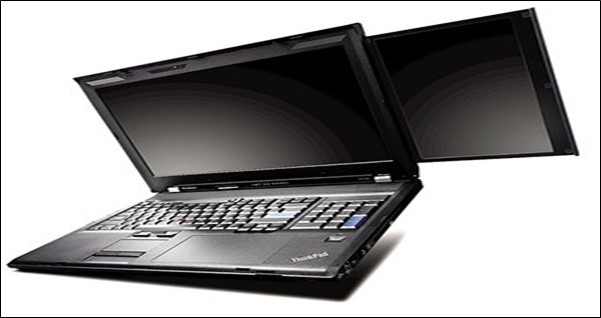
6. Asus Taichi
“Wait a minute, isn’t the screen on the incorrect side of the lid?” When introduced to Asus’s oddest convertible, the Taichi, it’s a completely logical statement. Rather than finding out how to turn a laptop into a tablet, Asus just placed a second panel on the outside. You may preserve the traditional clamshell form factor while entering tablet mode the moment the lid is closed. The Taichi wasn’t as elegant as, say, the Lenovo Yoga, but it worked.
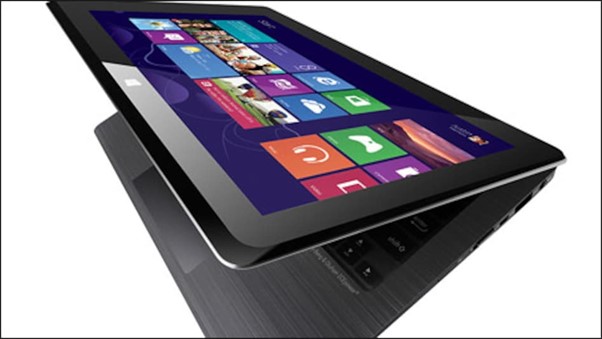
7. Asus ROG GX700
It’s difficult not to like Asus and its crazy, kitchen-sink ideas. Not long ago, the Taiwanese laptop manufacturer debuted the ROG GX700, a gigantic gaming laptop with a massive liquid cooler mounted to its buttocks. Poor thermals are the most common laptop killer, as every PC gamer knows. Thinner fans, better heat sink placement, and improved airflow are common methods for keeping a laptop from exploding (or, more likely, throttling). Yawn. How dull. Asus abandoned such technologies in favour of a preposterous water-cooled dock that attached to the back of the laptop through four connector pins.
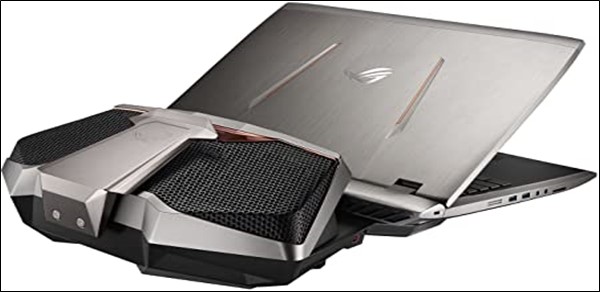
8. Acer Iconia 6120
Whereas IBM designed a laptop with a tactile, clicky mechanical keyboard, Acer took the opposite approach, replacing the deck with a 14-inch screen with a virtual keyboard and touchpad. This unusual layout has advantages, such as the ability to swiftly switch from typing to handwriting, quickly add “https:// or.com” to a URL, or hit a shortcut button to start your favourite apps or sites. However, it was a horrible concept in general. Some of the issues were clear, such as glare on the screen and the inability to feel when a key was recorded.
9. Dell XPS 12
Convertible laptops, or 2-in-1s, became popular years ago, but they are still evolving, as evidenced by the Microsoft Surface Laptop Studio, whose screen detaches at the hinge and flips around. There have been “bend-back” 2-in-1s, detachables, and laptops with screens that can slide forward between Windows 8 and today, but none of these attempts at producing an uncompromised laptop/tablet hybrid are as audacious as the Dell XPS 12.
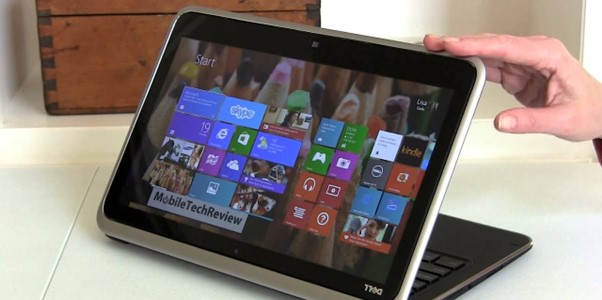
10. Asus ROG Mothership GZ700
The ROG Mothership is difficult to define, but the easiest way to think about it is as a wireless all-in-one computer. All of the components are hidden behind a giant 17-inch display, while the deck is made up of a thin gaming keyboard that links to the Mothership through magnets but can detach and be used wirelessly. When the keyboard is removed, the Mothership transforms into a massive tablet that stands upright thanks to a kickstand on the back.
